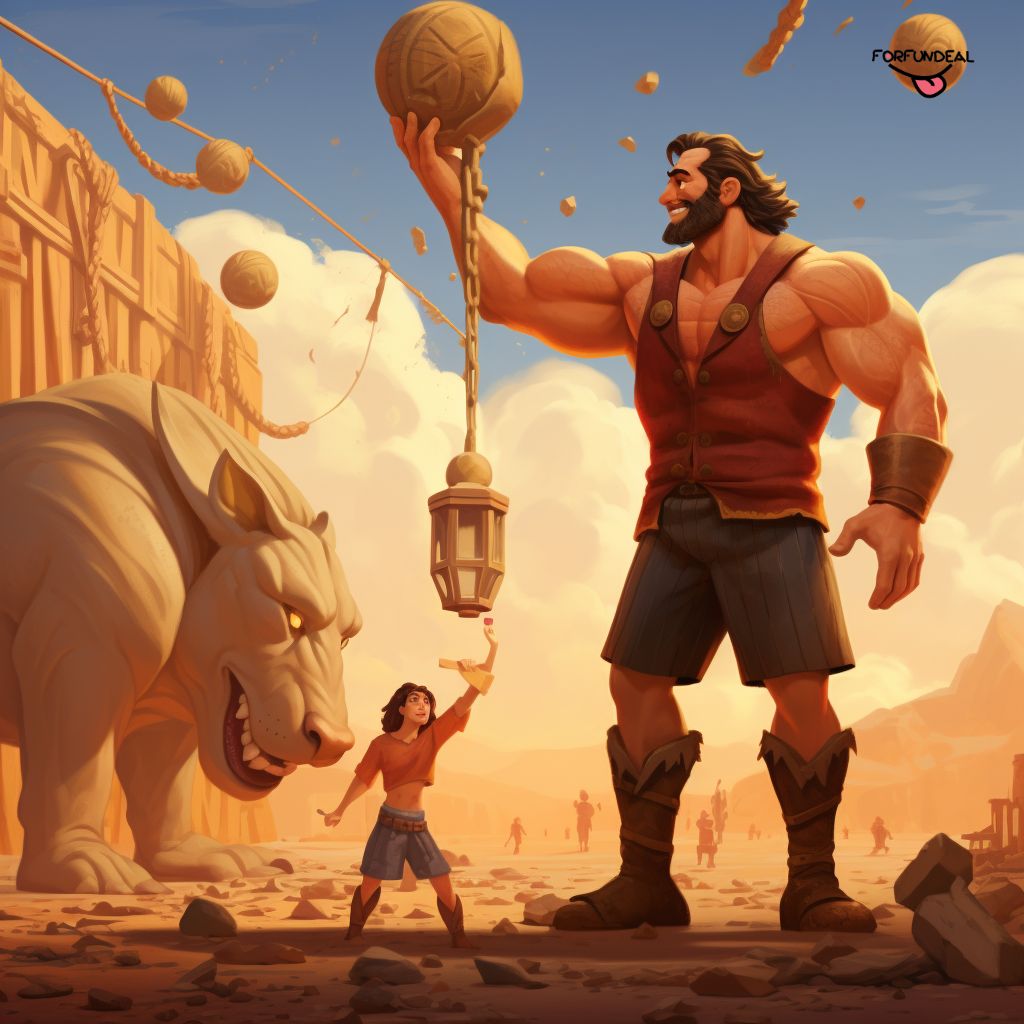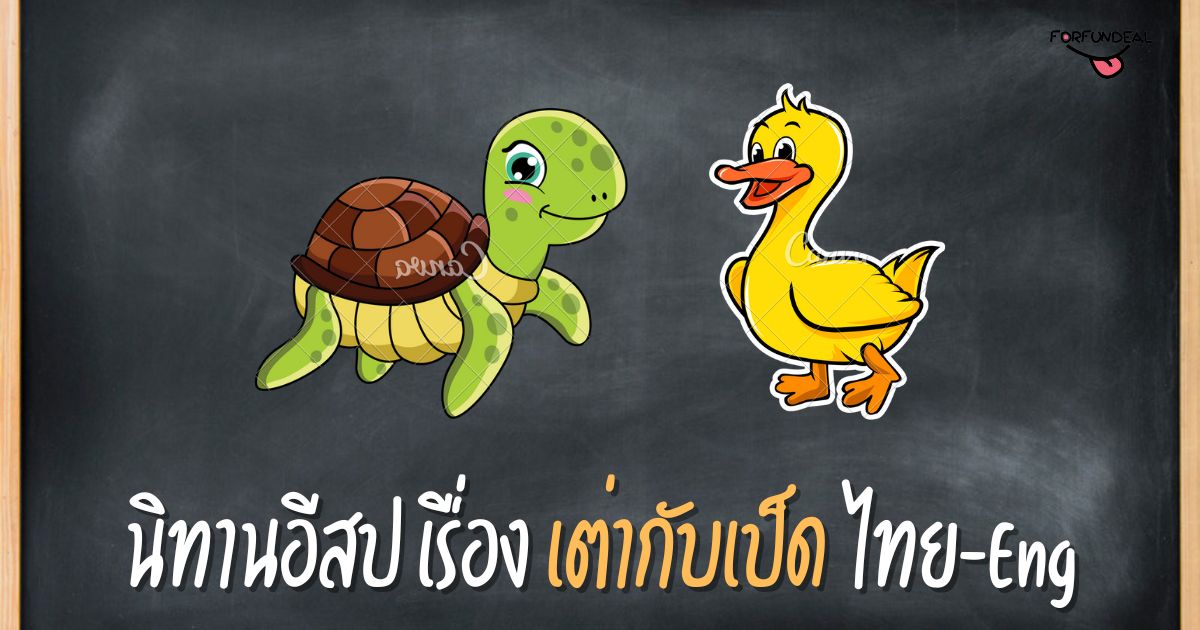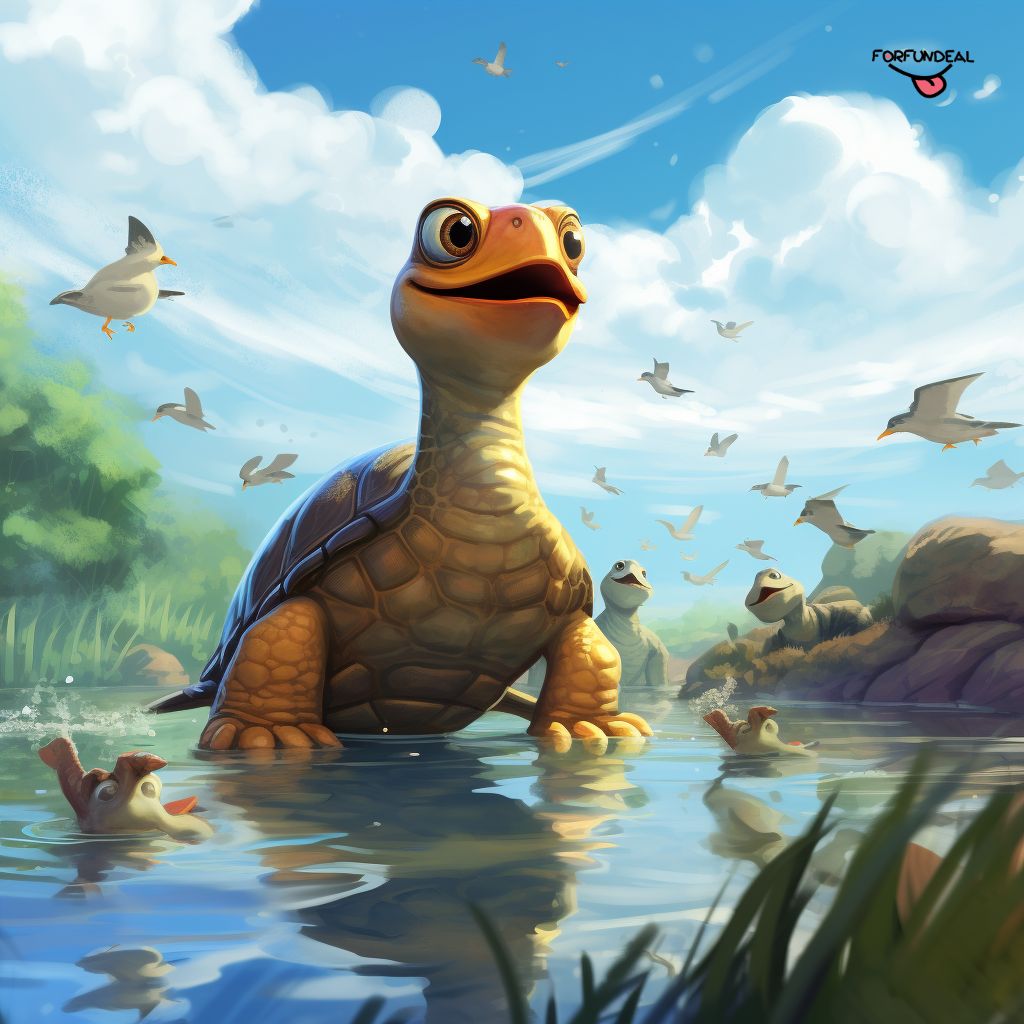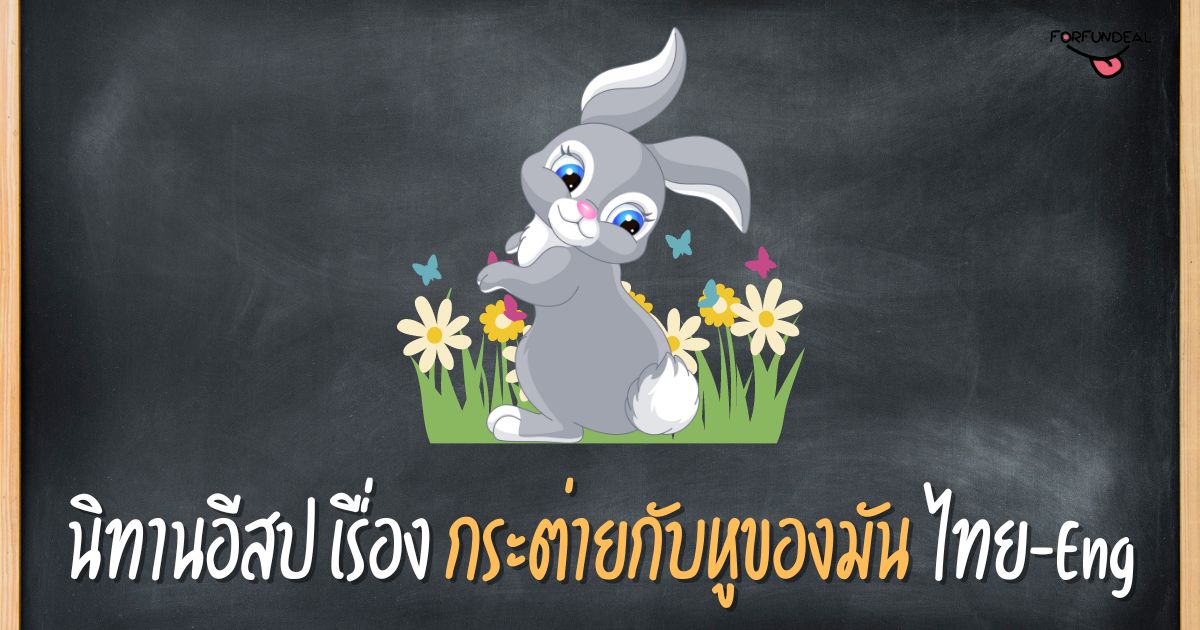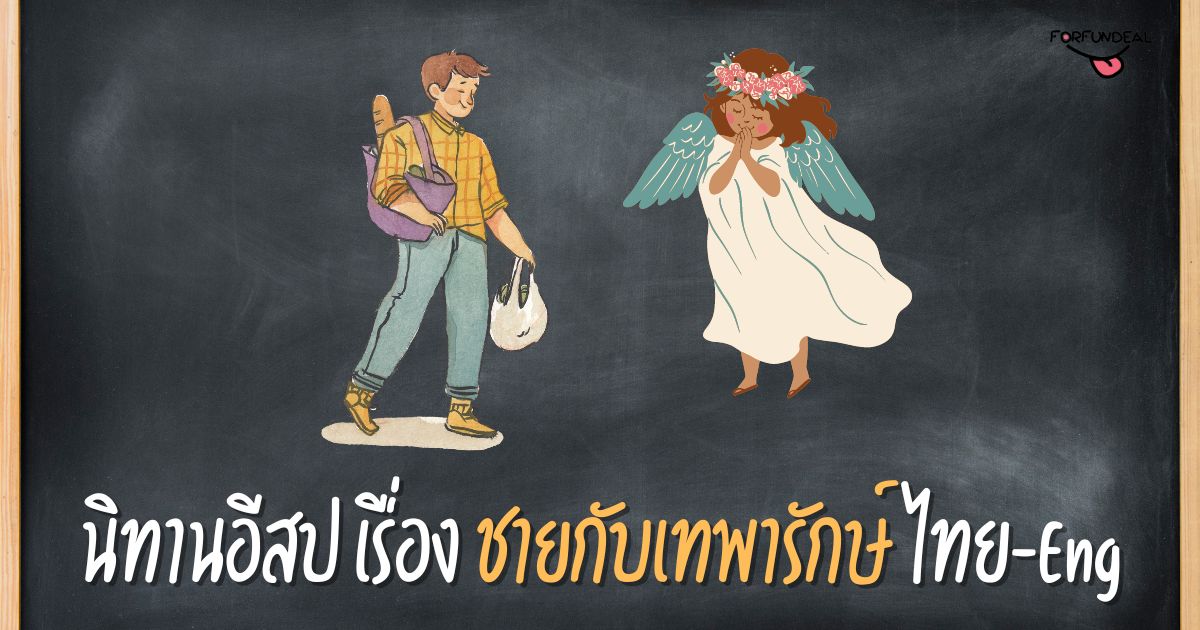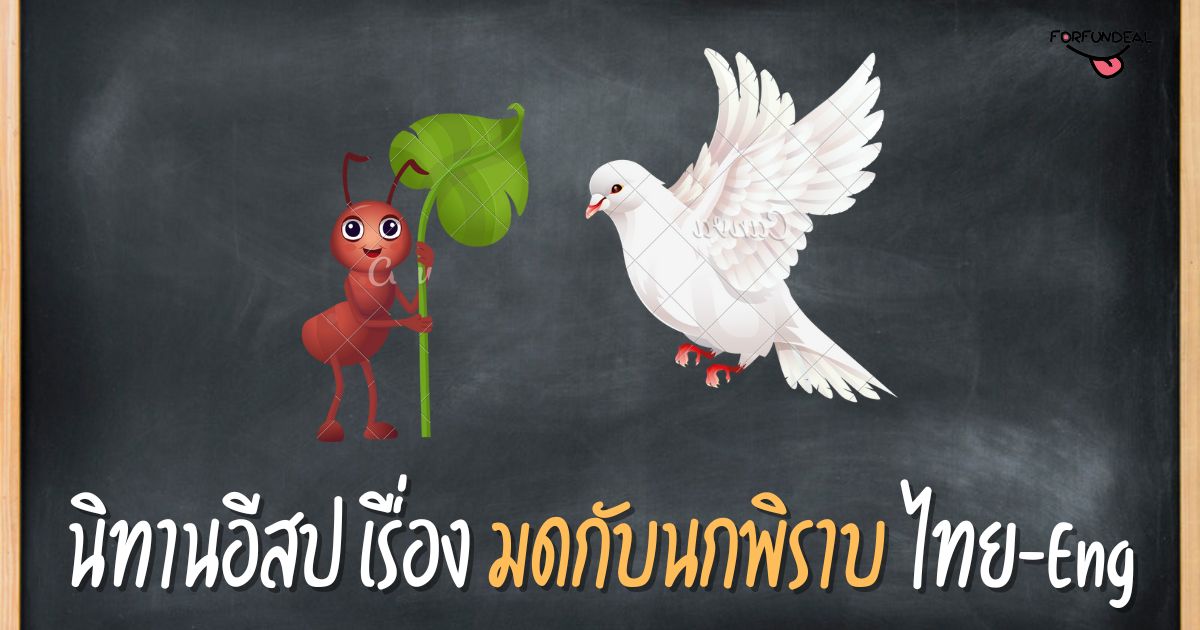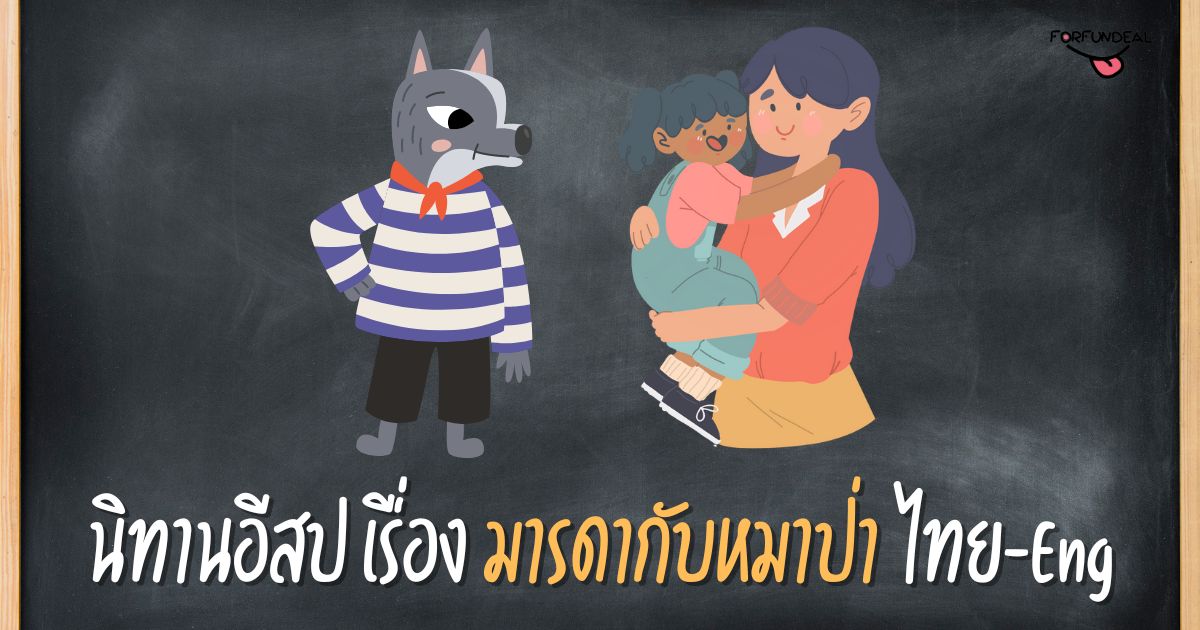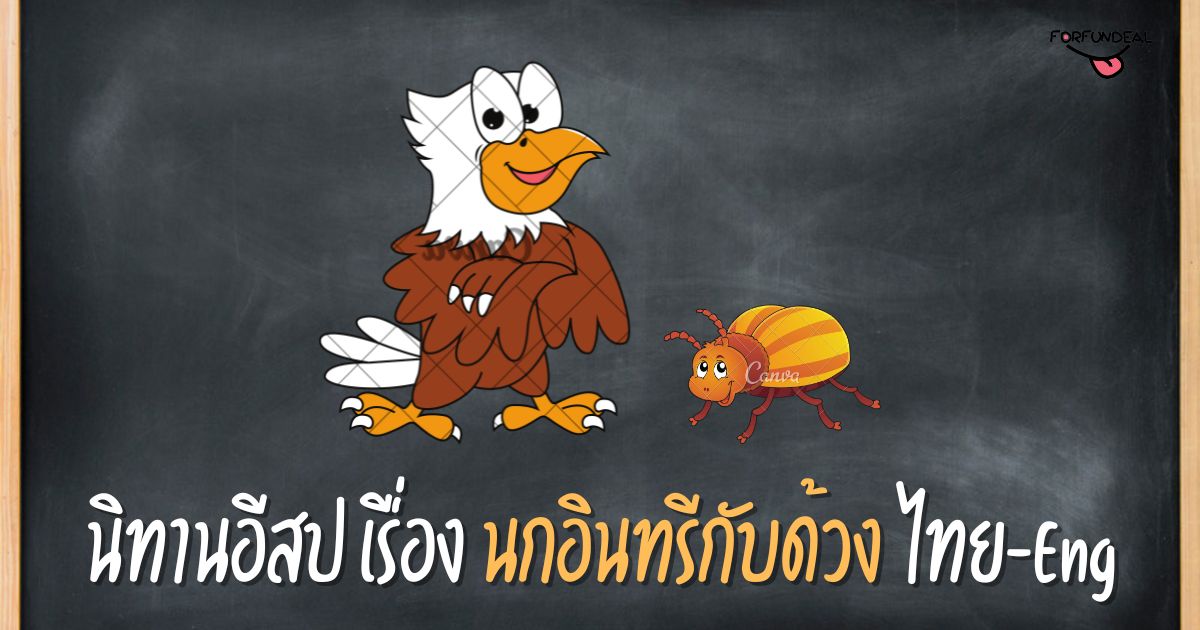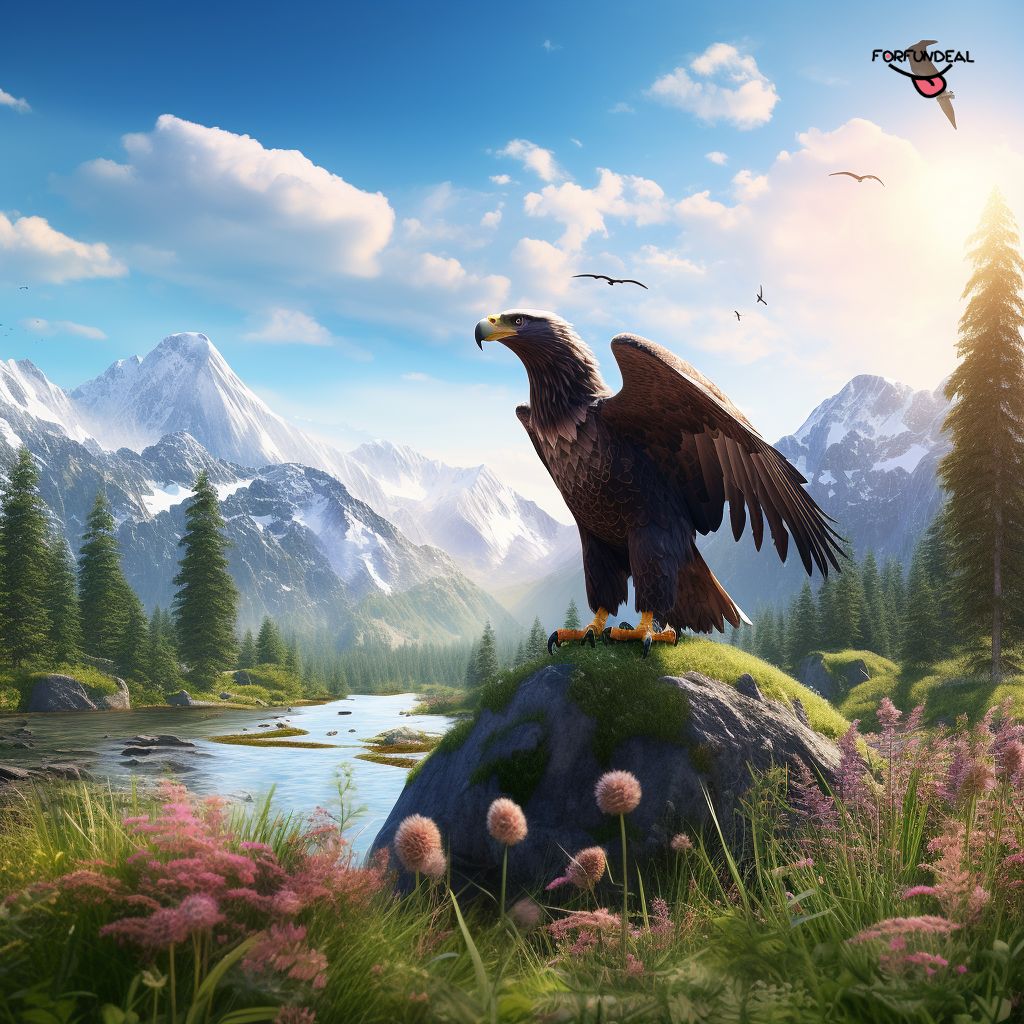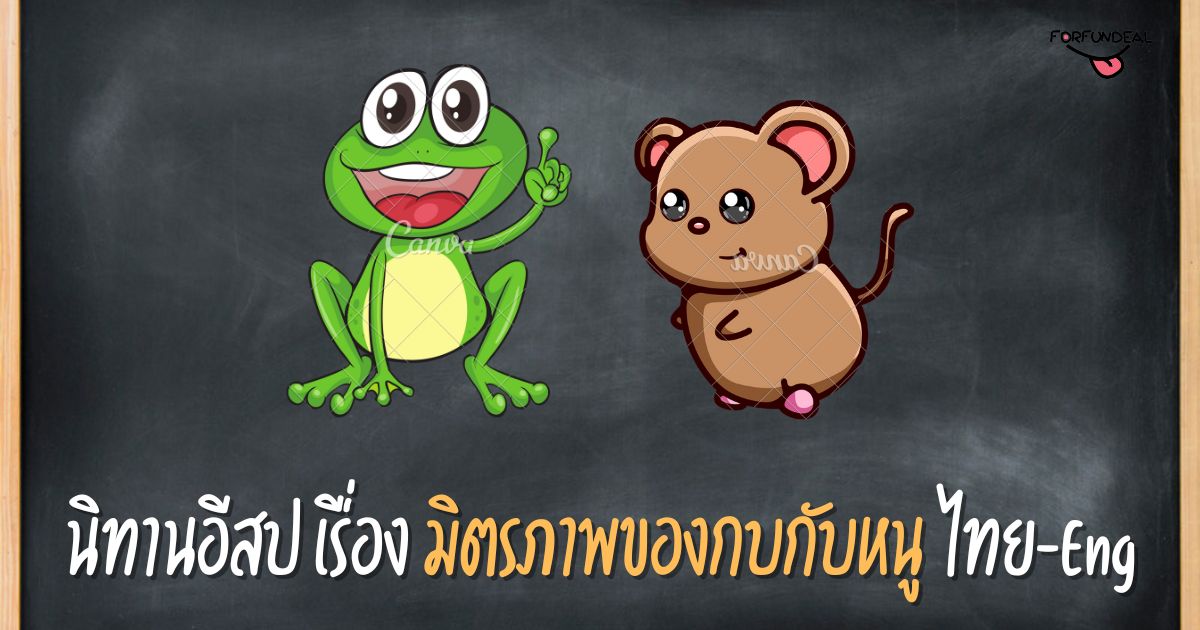“แกะกับหมู” เป็นนิทานอีสปที่สอนให้เรารู้ถึงคุณค่าของตนเอง และคุณค่าของสิ่งมีชีวิตอื่นๆ แม้แต่สัตว์บางชีวิตที่ยอมสละชีวิตเพื่อเป็นอาหารประทังชีวิตของเรา และสอนให้เราเข้าใจคุณค่าชีวิตอย่างแท้จริง
นิทานอีสปเรื่องแกะกับหมู
กาลครั้งหนึ่งนานมาแล้ว มีแกะและหมูอาศัยอยู่ในฟาร์มที่สงบสุขแห่งหนึ่ง แกะเป็นที่รู้จักจากขนแกะซึ่งใช้ทำเสื้อผ้าที่อบอุ่น ในขณะที่หมูมีค่าสำหรับเนื้อของมัน วันหนึ่ง ขณะที่พวกมันกำลังเล็มหญ้าอยู่ในทุ่งหญ้า หมูหันไปหาแกะและพูดว่า “เจ้าโชคดีมากที่มีขนแกะที่สวยงามเช่นนี้ ผู้คนต่างชื่นชมเจ้าสำหรับขนแกะที่นุ่มสบายของเจ้า แต่ไม่มีใครชื่นชมข้าในสิ่งที่ข้าเป็น”
Once upon a time, there lived a sheep and a pig in a peaceful farm. The sheep was known for its wool, which was used to make warm clothing, while the pig was valued for its meat. One day, as they grazed in the pasture, the pig turned to the sheep and said, “You are so lucky to have such beautiful wool. People admire you for your soft and cozy fleece, but no one appreciates me for who I am.”
แกะมองไปที่หมูและตอบว่า “ข้าเข้าใจความรู้สึกของเจ้า เพื่อนของข้า เราแต่ละคนมีคุณสมบัติพิเศษเฉพาะตัวที่ทำให้เรามีคุณค่าในแบบของเรา แม้ว่าคนอื่นจะไม่ชื่นชมคุณสำหรับรูปร่างหน้าตาของเจ้า แต่พวกเขาก็ชื่นชมคุณสำหรับการยังชีพ เจ้าเป็นผู้ให้ คุณค่าของเราไม่ได้อยู่ที่การถูกมองเท่านั้น แต่ยังอยู่ที่การที่เรามีส่วนร่วมด้วย”
The sheep looked at the pig and replied, “I understand how you feel, my friend. Each of us has unique qualities that make us valuable in our own way. While people may not appreciate you for your appearance, they appreciate you for the sustenance you provide. Our worth lies not only in how we are perceived, but also in how we contribute.”
หมูไตร่ตรองคำพูดของแกะและตระหนักถึงความจริงในพวกมัน แม้ว่ามันจะโหยหาความชื่นชมจากภายนอกเหมือนแกะ แต่มันก็มีจุดประสงค์ในฟาร์มของมันเอง หมูเรียนรู้ที่จะชื่นชมบทบาทของมันในการให้อาหารแก่ผู้อื่น
The pig pondered the sheep’s words and realized the truth in them. Although it longed for external admiration like the sheep, it had its own purpose on the farm. The pig learned to appreciate its role in providing nourishment to others.
ตั้งแต่วันนั้นเป็นต้นมา แกะและหมูก็มีบทบาทในฟาร์มตามลำดับ แกะยังคงหาขนแกะสำหรับเป็นเครื่องนุ่งห่ม ในขณะที่หมูภูมิใจในความสามารถในการดำรงและหล่อเลี้ยงผู้อื่นด้วยเนื้อของมัน
From that day on, the sheep and the pig embraced their respective roles on the farm. The sheep continued to provide wool for clothing, while the pig took pride in its ability to sustain and nourish others through its meat.
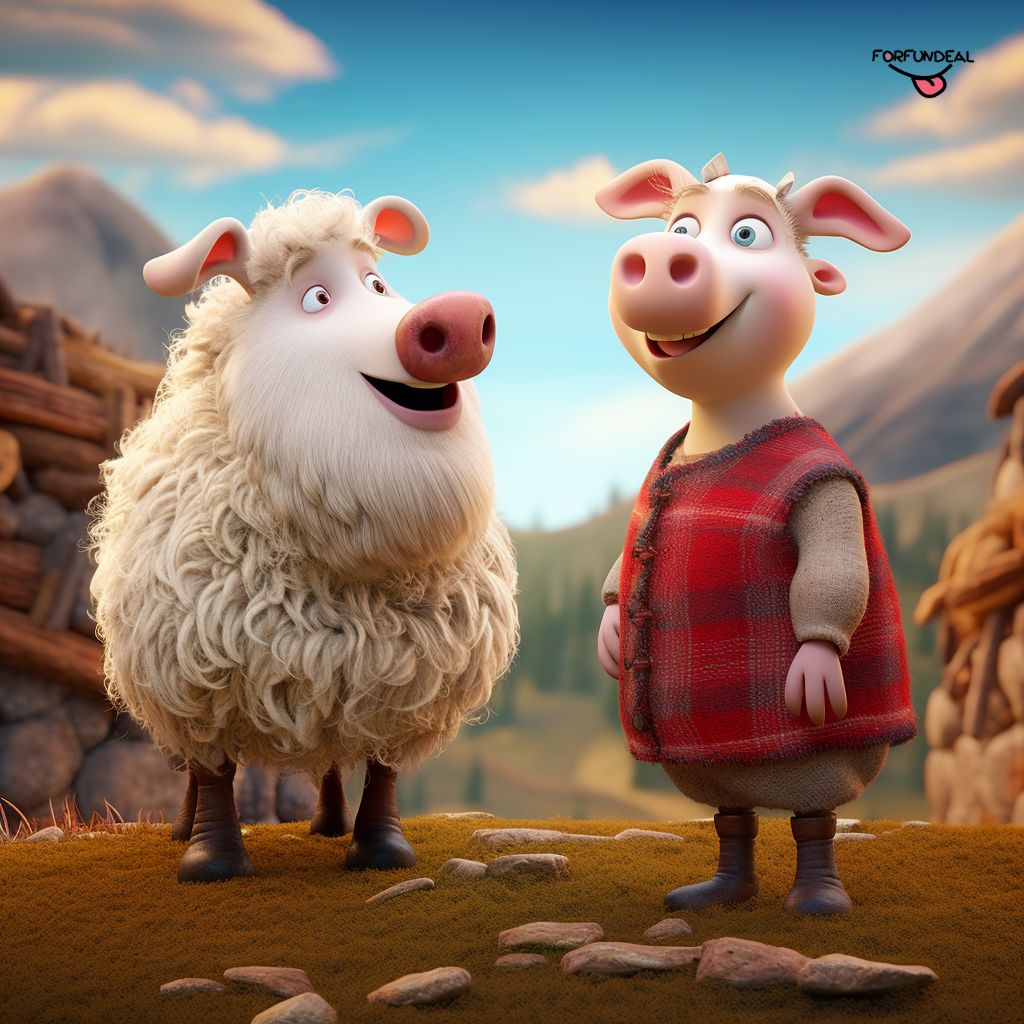
นิทานเรื่องนี้สอนให้รู้ว่า
“เราแต่ละคนมีคุณสมบัติและผลงานที่เป็นเอกลักษณ์เฉพาะตัวที่ทำให้เรามีคุณค่า สิ่งสำคัญคือต้องชื่นชมบทบาทของเราเองและบทบาทของผู้อื่น แม้ว่าพวกเขาจะแตกต่างจากของเราก็ตาม”
- การยอมรับความเป็นเอกลักษณ์: เรื่องราวเน้นให้เห็นถึงความสำคัญของการยอมรับคุณสมบัติที่เป็นเอกลักษณ์ของเรา และตระหนักว่าเราแต่ละคนมีบางสิ่งที่มีคุณค่าที่จะนำเสนอ ทั้งแกะและหมูมีบทบาทและคุณูปการที่แตกต่างกัน และคุณค่าไม่ได้ถูกกำหนดโดยการยอมรับจากภายนอกเพียงอย่างเดียว
- การเห็นคุณค่าของคุณค่าในรูปแบบต่างๆ: เรื่องราวสอนให้เรารู้จักคุณค่าของวิธีต่างๆ ที่แต่ละคนสามารถสร้างคุณค่าและสร้างความแตกต่างได้ มันเตือนเราว่าคุณค่าของเราไม่ได้ถูกกำหนดโดยวิธีที่เรารับรู้เท่านั้น แต่ยังพิจารณาจากการมีส่วนร่วมที่เราทำและบทบาทที่เราทำให้สำเร็จด้วย
- เคารพความสามารถที่หลากหลาย: แกะและหมูเป็นตัวแทนของพรสวรรค์และความสามารถที่แตกต่างกัน เรื่องราวกระตุ้นให้เราเคารพและชื่นชมความสามารถและบทบาทของผู้อื่นที่หลากหลาย โดยตระหนักว่าแต่ละคนมีจุดมุ่งหมายและคุณค่าเฉพาะของตนเอง
- การค้นหาความพึงพอใจในบทบาทของเรา: หมูเรียนรู้ที่จะค้นหาความพึงพอใจและความภาคภูมิใจในบทบาทของมันในการให้อาหารแก่ผู้อื่น เรื่องราวสอนเราถึงความสำคัญของการค้นหาความสมหวังและความพึงพอใจในบทบาทที่เราแสดง แม้ว่าพวกเขาอาจไม่ได้รับการยอมรับในระดับเดียวกับคนอื่นๆ
- การยอมรับตนเอง: เรื่องราวเน้นย้ำถึงความสำคัญของการยอมรับตนเองและการเห็นคุณค่าในตัวเอง กระตุ้นให้เรายอมรับว่าเราเป็นใครและค้นหาคุณค่าในผลงานของเราเอง แทนที่จะแสวงหาการตรวจสอบความถูกต้องจากแหล่งภายนอกเพียงอย่างเดียว
“Each of us has unique qualities and contributions that make us valuable. It’s important to appreciate our own roles and the roles of others, even if they are different from our own.”
- Embracing uniqueness: The story highlights the importance of embracing our own unique qualities and recognizing that each of us has something valuable to offer. Both the sheep and the pig have distinct roles and contributions, and their worth is not defined by external recognition alone.
- Appreciating different forms of value: The story teaches us to appreciate the various ways in which individuals can bring value and make a difference. It reminds us that our worth is not solely determined by how we are perceived, but also by the contributions we make and the roles we fulfill.
- Respecting diverse talents: The sheep and the pig represent different talents and abilities. The story encourages us to respect and appreciate the diverse talents and roles of others, recognizing that each individual has their own unique purpose and value.
- Finding contentment in our roles: The pig learns to find contentment and pride in its role of providing nourishment to others. The story teaches us the importance of finding fulfillment and satisfaction in the roles we play, even if they may not receive the same level of recognition as others.
- Self-acceptance: The story emphasizes the importance of self-acceptance and recognizing our own worth. It encourages us to embrace who we are and find value in our own contributions, rather than seeking validation solely from external sources.
โดนสรุปแล้วนิทานเรื่องนี้สอนให้เรายอมรับในเอกลักษณ์ของเรา ชื่นชมคุณค่าในรูปแบบต่างๆ เคารพความสามารถที่หลากหลาย ค้นหาความพึงพอใจในบทบาทของเรา และฝึกฝนการยอมรับตนเอง โดยการนำคำสอนเหล่านี้ไปใช้ เราสามารถปลูกฝังความรู้สึกมีคุณค่าในตนเอง เห็นคุณค่าของผู้อื่น และสร้างกรอบความคิดที่ครอบคลุมและเห็นคุณค่ามากขึ้น





